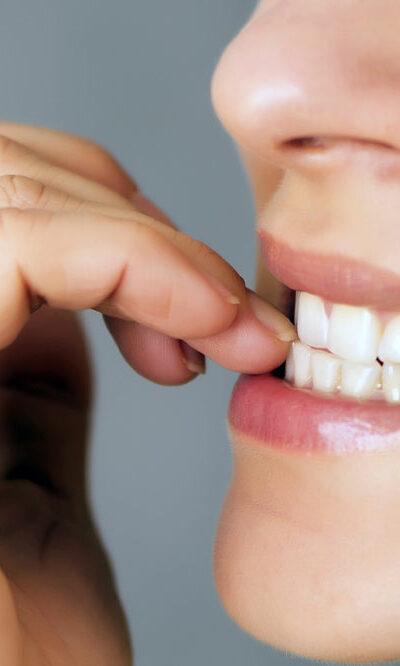
6 common cancer symptoms caused by sugar intake
The cells in our body need glucose from sugar to function at their best. We get this sugar from our food, which provides energy to all cells, including cancer cells. However, since these cells need almost twice as much energy, there could be a link between sugar and cancer. This could cause symptoms of cancer due to too much sugar intake. Therefore, here are some signs to look out for. Understanding the connection between sugar and cancer Excessive sugar consumption does not directly cause cancer, as sugar is not carcinogenic. However, consuming too much sugar in regular meals and snacks can negatively impact overall health. Processed beverages and foods containing added sugars can lead to health problems and increase the risk factor for cancer. Here are other ways sugar can increase cancer risk. By increasing Insulin resistance Consuming excessive sugar can lead to insulin resistance. Insulin resistance results from high levels of insulin, a hormone controlling blood sugar levels. When insulin levels have been high for decades, it can increase the risk of colorectal, breast, and prostate cancer. By causing inflammation Excessive intake of dietary sugars has been known to cause health disorders related to a person’s metabolism. This can induce high levels of inflammation in the tissues of the body. This causes chronic inflammation. The combination of insulin resistance and chronic inflammation can add to cancer risk. By leading to oxidative stress The high sugar levels in a person’s blood can increase triglyceride production in the body. Triglycerides are fats that develop from unused calories in the body. An increased level of triglycerides can lead to several health problems, including oxidative stress. Oxidative stress can lead to cell injury and induce gene mutation. Both of these can play a key role in the development of cancer. Common signs of cancer due to excessive sugar While sugar intake does not cause cancer, excessive consumption can lead to several health disorders contributing to the risk.










